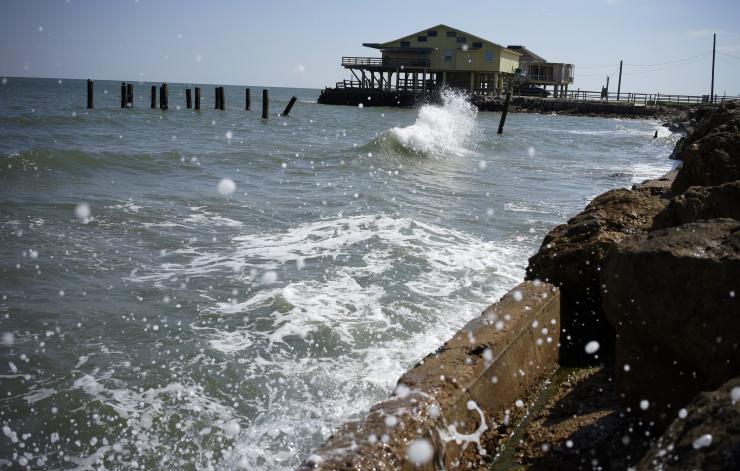-
Tips for becoming a good boxer - November 6, 2020
-
7 expert tips for making your hens night a memorable one - November 6, 2020
-
5 reasons to host your Christmas party on a cruise boat - November 6, 2020
-
What to do when you’re charged with a crime - November 6, 2020
-
Should you get one or multiple dogs? Here’s all you need to know - November 3, 2020
-
A Guide: How to Build Your Very Own Magic Mirror - February 14, 2019
-
Our Top Inspirational Baseball Stars - November 24, 2018
-
Five Tech Tools That Will Help You Turn Your Blog into a Business - November 24, 2018
-
How to Indulge on Vacation without Expanding Your Waist - November 9, 2018
-
5 Strategies for Businesses to Appeal to Today’s Increasingly Mobile-Crazed Customers - November 9, 2018
Size of Gulf of Mexico ‘Dead Zone’ above average this year
This year’s zone sprawls over 6,474 square miles, which is equivalent to the size of Connecticut and Rhode Island combined.
Advertisement
A dead zone in the Gulf of Mexico, an area with low oxygen that is harmful to marine life, has grown in size this summer, scientists at the National Oceanic and Atmospheric Administration (NOAA) said Tuesday.
These nutrients from the fertilizer specifically nitrogen can trigger the growth and spread of algae and when these algae die, their decay can consume oxygen so fast before it can be brought down from the surface, resulting in fish, shrimp, crabs and other marine animals to suffocate.
The bottom of a body of water when there isn’t enough oxygen to support life is called a dead zone. Researchers started measuring the Gulf dead zone annually in 1985.
NOAA-sponsored models forecasted a range of 4,633 to 5,985 square miles based on levels of nitrogen taken from river samples in May. Dead zones are destructive to all marine life. “Since the models are based largely on the May nitrogen loads from the Mississippi River, the heavy rains that came in June with additional nitrogen and even higher river discharges in July are the possible explanations for the larger size”, said Rabalais.
The largest dead zone ever formed in the Gulf of Mexico happened in 2002, which was about 8,497 square miles NOAA said. The smallest recorded dead zone measured 15 square miles in 1988. For the past five years, the average size of the dead zone has remained about 5,500 square miles. NOAA, however, reported that the dead zones were being measured in the 1950s.
In preparation for not meeting its goal, the federal Environmental Protection Agency announced in February that it would extend the deadline to 2035, Rota said.
Advertisement
These regions, of course, can be threatening to ocean ecology, and as such, officials have been trying to contain these dead zones; which is tough to do since wind direction, air temperature, precipitation, and wind speed are all factors that contribute. The Gulf’s is the second-largest human-caused dead zone in the world.




























